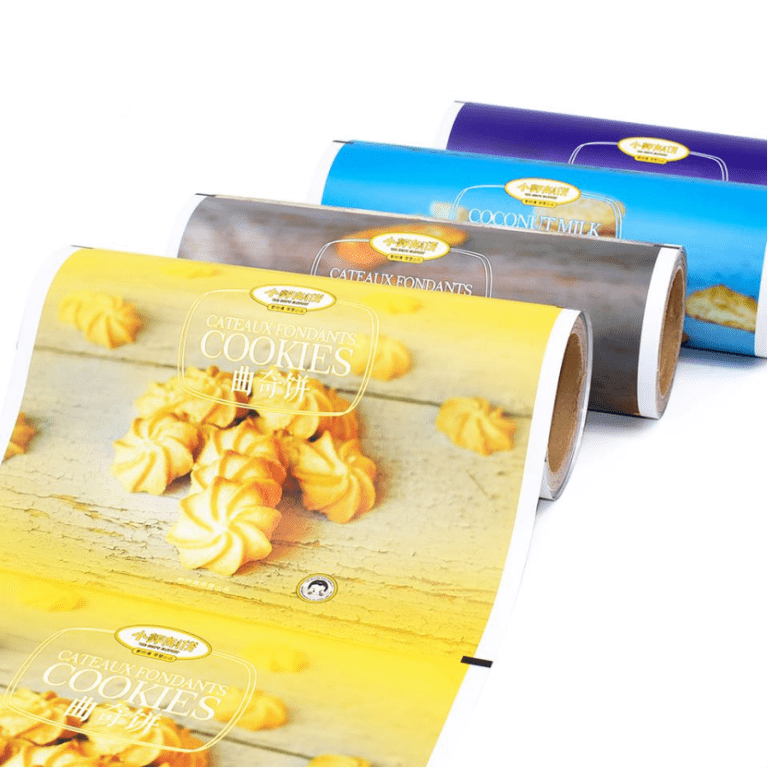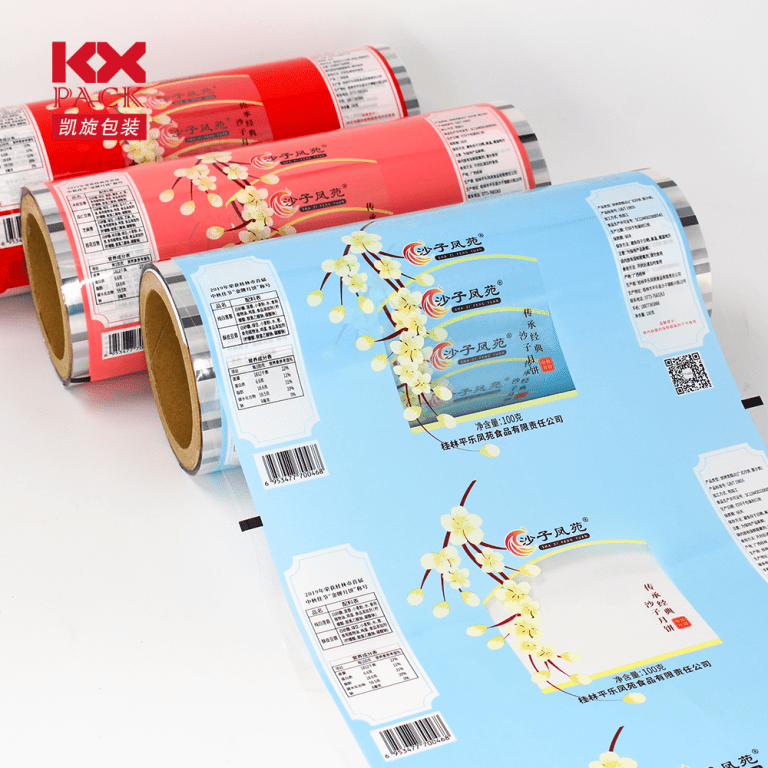การใช้และประเภทของฟิล์มบรรจุภัณฑ์สำหรับอาหาร
สารบัญ
การใช้และประเภทของฟิล์มบรรจุภัณฑ์สำหรับอาหาร
In today’s fast-paced world, ฟิล์มบรรจุภัณฑ์สำหรับอาหารมีบทบาทสำคัญในการประกันความปลอดภัย, ความสด, และการนำเสนอผลิตภัณฑ์อาหารของเราให้น่าดึงดูดใจ.
ด้วยความต้องการของผู้บริโภคที่พัฒนาอย่างต่อเนื่องและกฎระเบียบที่เข้มงวด, อุตสาหกรรมอาหารกำลังมองหาโซลูชันบรรจุภัณฑ์ที่ทันสมัยและมีประสิทธิภาพอย่างต่อเนื่อง. This article explores the latest trends and innovations in food packaging films, highlighting their unique properties, applications, and the different types available.
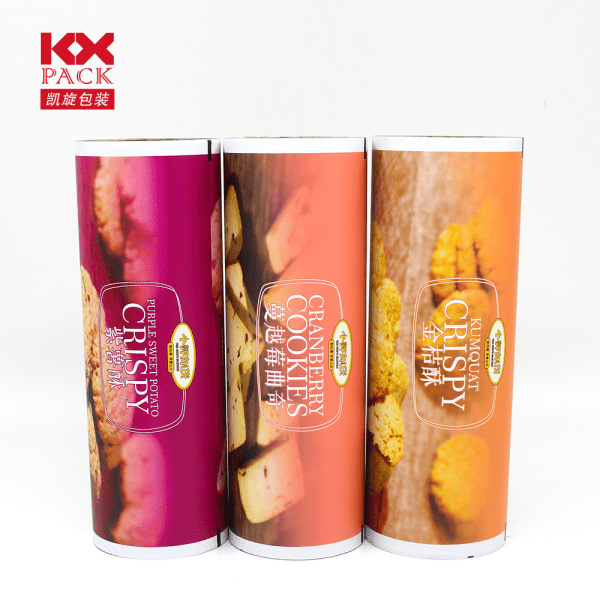
Introduction to Food Packaging Films Food packaging films are thin, flexible materials designed to protect food items from external factors such as moisture, air, แสงสว่าง, and contaminants. These films serve as a barrier, extending the shelf life of products and maintaining their quality during transportation and storage. The most commonly used materials for food packaging films include plastics like polyethylene, โพรพิลีน, and polyester, as well as bio-based and biodegradable alternatives from manufacturers like ซัวเถา Kaixuan บรรจุภัณฑ์ จำกัด, บจ.
Types of Food Packaging Films and Their Applications
- Polyethylene (วิชาพลศึกษา) Films: Available in different densities like LDPE, LLDPE and HDPE, these films offer excellent moisture barrier properties. They are commonly used for packaging bread, frozen foods, snacks, and pouches.
- Polypropylene (PP) Films: With high strength, transparency and heat resistance, PP films are ideal for packaging microwaveable meals, ขนมอบ, and fresh produce.
- Polyester (สัตว์เลี้ยง) Films: Possessing superior gas and moisture barrier abilities, PET films are suited for packaging meat, เครื่องดื่ม, and products with extended shelf lives.
- Polyamide (PA) Films: Also known as Nylon films, they boast high thermal resistance and toughness, making them perfect for retort pouches and vacuum packaging.
- Ethylene Vinyl Alcohol (อีโวห์) Films: With exceptional oxygen barrier performance, EVOH films are often used as components in multi-layer structures for extending shelf life.
- Polylactic Acid (ปลา) Films: Derived from renewable resources like corn starch, PLA is a biodegradable, eco-friendly option for sustainable packaging.
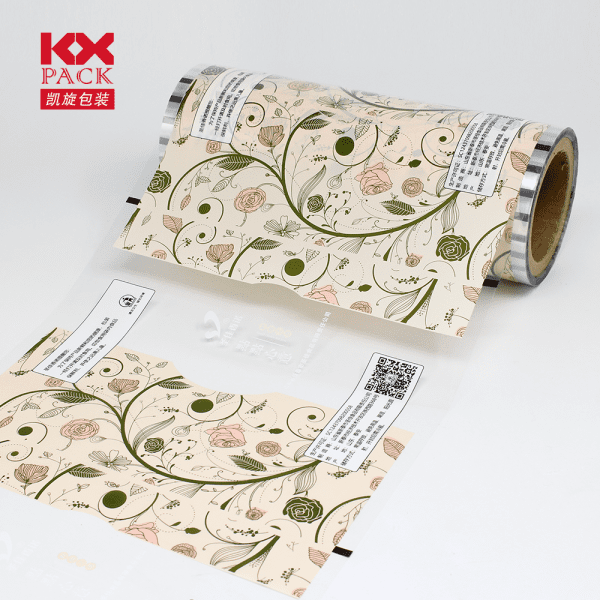
Who we are
ซัวเถา Kaixuan บรรจุภัณฑ์ จำกัด, บจ. has been a direct manufacturer focused on packaging for over 20 ปี, with a specialization in color printing, พุพอง, และการทำกระเป๋า.
We offer an integrated solution encompassing design, การผลิต, และการขาย. With a state-of-the-art facility covering 200,000 square meters, including a 100,000-level dust-free workshop, Kaixuan is equipped with advanced machinery such as a 300m/min 12-color high-speed gravure printing machine, เครื่องตุ่มความเร็วสูงอัตโนมัติด้วยเทคโนโลยีจากเยอรมัน, เครื่องทำถุงซีลแปดด้าน, and other high-standard bag making equipment.
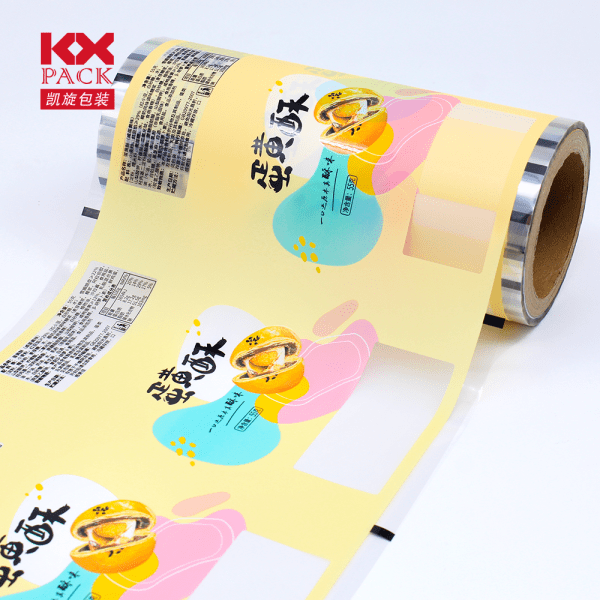
Innovation of Film Packaging for Food
Innovative Food Packaging Film Solutions The food packaging industry is constantly innovating to meet evolving consumer preferences and regulatory requirements. Here are some exciting developments in food packaging films:
- บรรจุภัณฑ์ที่กระตือรือร้นและชาญฉลาด: These films incorporate additives or sensors that actively monitor and regulate the internal environment, extending shelf life and improving food safety.
- Sustainable and Biodegradable Films: Manufacturers are exploring bio-based and biodegradable materials like polylactic acid (ปลา) and cellulose to reduce environmental impact.
- Antimicrobial Films: Incorporating antimicrobial agents into films can inhibit the growth of bacteria, mold, and fungi, enhancing food safety and prolonging freshness.
- High-Barrier Films: Advanced multi-layer structures and coatings provide superior barrier properties against gases, ความชื้น, และแสงสว่าง, extending shelf life for sensitive products.
- Smart Labels and Packaging: Integration of QR codes, RFID tags, and other smart technologies enables real-time monitoring, traceability, and enhanced consumer engagement
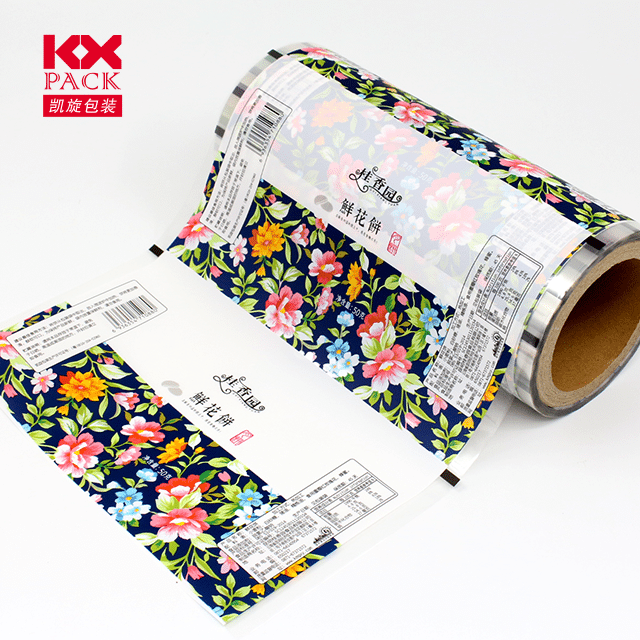
บทสรุป
As consumer preferences and regulatory requirements continue to evolve, the food packaging industry must stay ahead of the curve by developing innovative and sustainable film solutions.
By leveraging cutting-edge materials, technologies, and manufacturing processes, food packaging films can ensure product safety, ความสด, and appeal while minimizing environmental impact.
The future of food packaging lies in intelligent, high-performance, and eco-friendly film solutions that meet the demanding needs of the modern food industry.
Contact us
For more information of Film packaging for food, visit our website or contact our professional customer service team:


